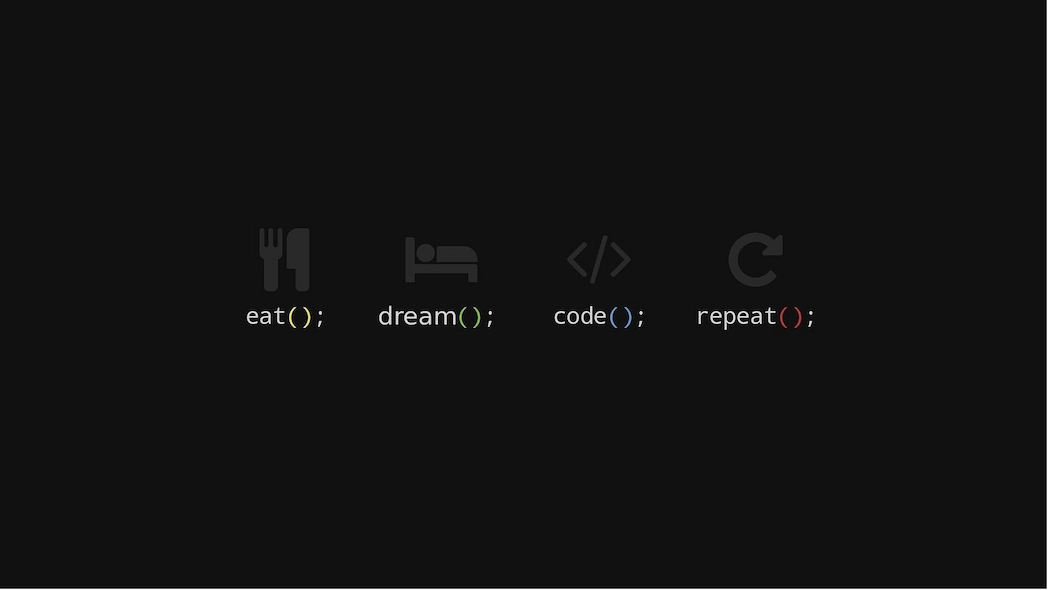XML Schema Definition (XSD) is a language-specific way of describing and validating structured data in XML documents. It is a technology used to formally define the structure and content of XML documents. XML schemas are used to ensure that XML data is formatted according to prescribed rules and structures.
An XML schema defines the elements, attributes, and data types that can be used in an XML document, as well as the possible relationships between these elements. It allows developers to precisely define the structure of an XML document, including the allowed elements, the order in which they can occur, their possible attributes, and the data types for element values.
By using XML schemas, developers can ensure that XML data is correctly structured and adheres to specified rules. This facilitates interoperability between different systems by ensuring that XML data is formatted according to established standards. XML schemas are commonly used in applications such as web services, databases, and other systems that utilize XML for data transmission and storage.


